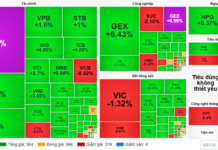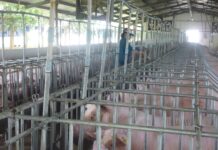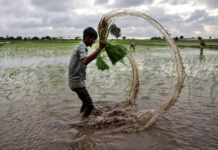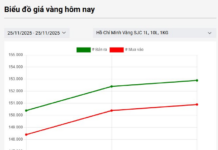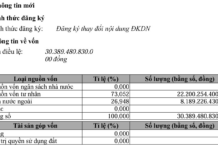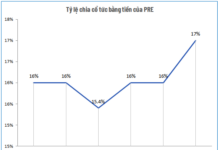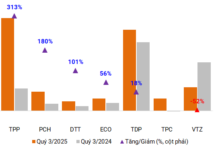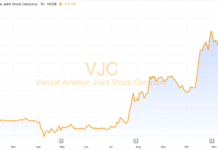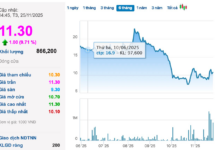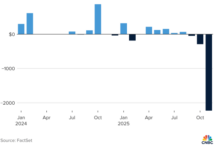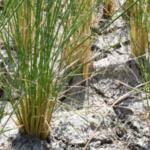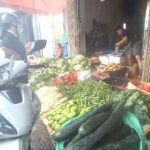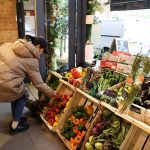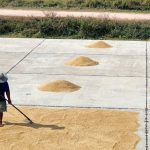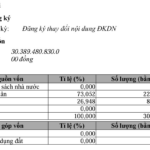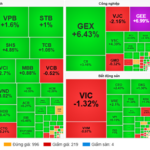“EU Fertilizer Tariffs: A Double-Edged Sword?”
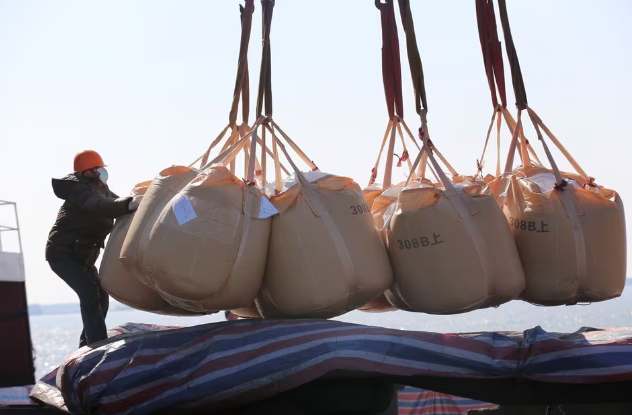
Illustrative Image
The European Union’s recent decision to impose import tariffs on Russian fertilizers as of July 1st has a twofold impact. Intended to curtail funding for Russia’s military operations in Ukraine, the move has inadvertently raised production costs for European farmers, sparking concerns about potential knock-on effects on consumer prices.
Cedric Benoist, Deputy Secretary-General of the French Wheat Farmers’ Federation AGPB and leader of Copa Cogeca’s cereals committee, candidly stated, “We are shooting ourselves in the foot.” He highlighted that farmers now face higher fertilizer prices globally, compounded by escalating energy costs and stringent environmental demands.
The new regulations introduce a tax of 40 euros/ton on urea and nitrogen from July 2025, with plans to gradually increase it to 315 euros/ton by 2028. World Bank data reveals a 26.5% surge in urea prices, reaching 496 USD/ton between May and July. Prices for Diammonium phosphate (DAP) fertilizer also climbed by 10% during the same period, averaging 736 USD/ton.
Meanwhile, wheat prices in Europe have plunged to a five-year low, prompting many farmers to halt fertilizer purchases in hopes of a price drop. “At the current wheat prices, farmers’ profits are simply unsustainable,” Benoist emphasized.
Analysts suggest that hesitancy to procure from Russia has prompted European suppliers to hike prices, forcing buyers to seek costlier alternatives from countries like Canada.
As a significant global fertilizer producer, Russia accounts for over 20% of the world’s supply and approximately 25% of the EU’s imports. Prior to the implementation of tariffs, member states significantly boosted imports to build reserves. Yara International, a Norwegian fertilizer conglomerate, reported a 48% increase in urea imports from Russia into the EU during the 2023-24 season compared to the five-year average before the conflict.
While Russian producers like Uralchem, Acron, PhosAgro, and EuroChem have not disclosed specific plans, analysts predict Moscow may redirect its focus to large markets such as Brazil, India, or the United States. Billionaire Dmitry Mazepin, former CEO of Uralchem, forecasts higher costs for farmers in Africa, India, and China due to the increased transportation distance for Russian fertilizers.
The European Commission assures that it will closely monitor the impact of the tariffs and is prepared to make adjustments if prices escalate too rapidly. Antoine Hoxha, Director-General of Fertilizers Europe, acknowledges that it is too early to fully assess the repercussions, but these measures are designed to bolster strategic autonomy and establish a level playing field for the region’s fertilizer industry.
Farmers, however, worry about eroding competitiveness and the potential for higher food prices. While the EU has not released specific data on the tariffs’ impact, experts predict that the strain on farmers and consumer markets may become evident in the near future.
Food prices are set to hit rock bottom
Global food prices could bottom out in 2024, easing pressure on consumers, according to an analysis by Oxford Economics.
Beware of Inflation in 2024
According to a report from the General Statistics Office, the average inflation rate for the first two months of 2024 increased by 3.67% compared to the same period in 2023. This is a lower growth rate compared to the 4.6% figure from the previous year. However, upon closer examination of the factors influencing inflation in the first two months of this year, it is evident that food prices have made a significant contribution, with a 16.49% increase compared to the same period last year. The persistently high food prices may lead to a continued increase in inflation in the future.
Unexpected Contrasts Between the Market and the Supermarket on the Morning of Tet Holiday
On the last morning of the lunar year, the traditional markets in Hanoi were packed with customers buying goods for Tet, the atmosphere was bustling and the stalls were filled with merchandise. Fresh produce, flowers, and offering items saw a slight increase in prices, while some fruits experienced a significant price drop. Meanwhile, many supermarkets were completely sold out of groceries, leaving customers empty-handed.

